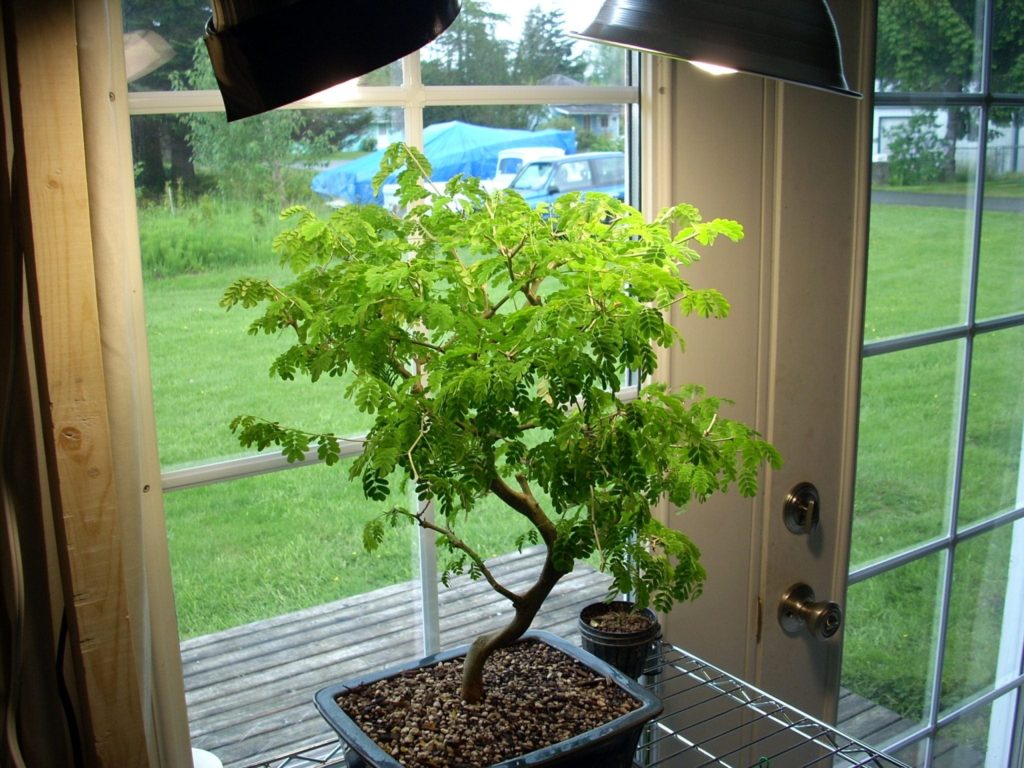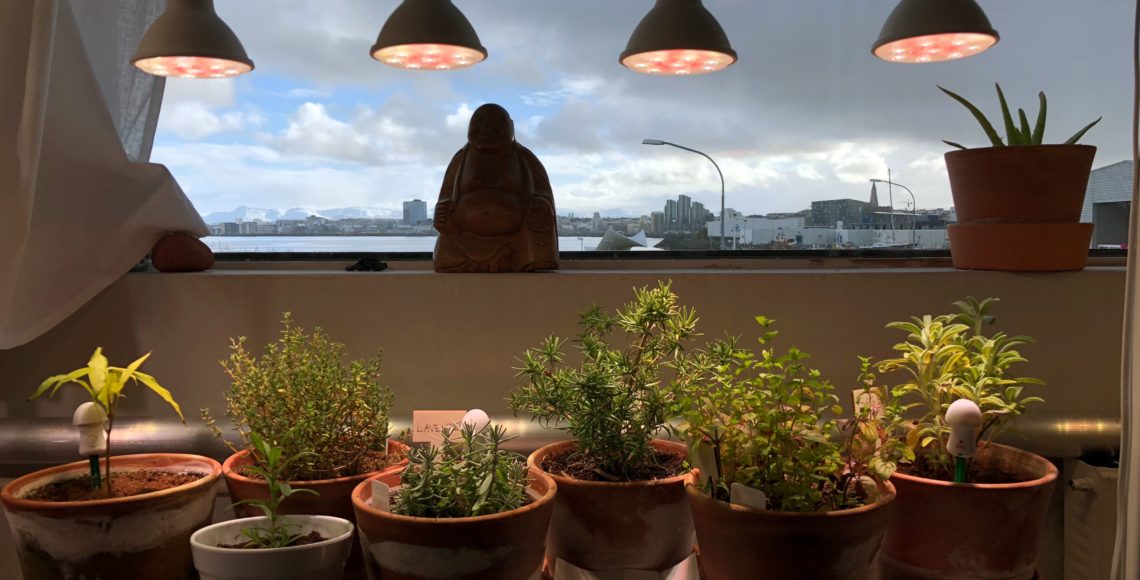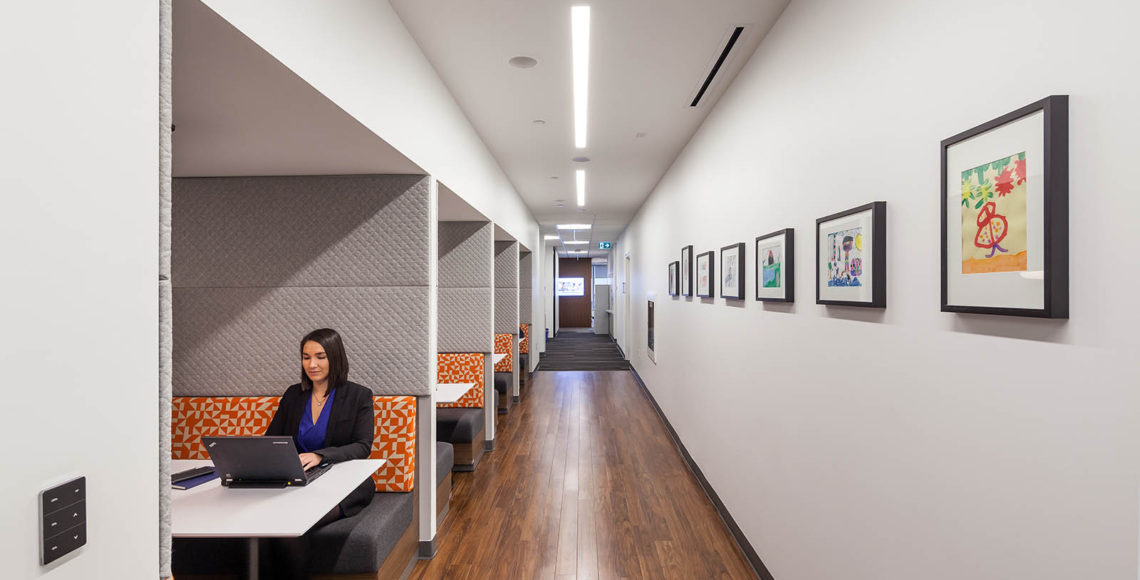2021 Global LED Plant Lighting Market Will Exceed 2 Billion US Dollars
With the impact of global climate change and urbanization on traditional agriculture, the demand for plant lighting and energy consumption continues to expand. At the same time, with the maturity and popularity of LED lighting technology, LED lighting has also begun to integrate with agricultural applications. LED plant lighting has become the LED industry. A niche market. China’s LED plant industry has formed an industrial cluster, LED plant lighting has obvious advantages, will accelerate its market penetration, while the development of plant factories and the legalization of cannabis cultivation in the United States will further stimulate market demand.
The LED plant lighting industry cluster is distributed, and the Pearl River Delta is the largest industrial cluster area. At present, there are more than 150 enterprises involved in LED plant lighting in China, mainly distributed in the Pearl River Delta region, accounting for 60%, followed by the Yangtze River Delta region, accounting for 21%, and other regions accounting for 7%. Competition among local enterprises is not fierce, and they are still in the stage of R&D cooperation or demonstration and promotion. Any company in the future may stand out.

LED plant lights have obvious advantages and accelerate the occupation of the plant lighting market. At present, there are four major types of plant illumination sources on the market: LED lamps, fluorescent lamps, high-pressure sodium lamps, incandescent lamps, and halogen lamps. Traditional plant lamps are low in cost and therefore still used in plant lighting; LED lamps are emerging as plant lighting lamps. It is more energy-saving and environmentally friendly and has many advantages such as high luminous efficiency, low heat generation, small volume, long life, light quantity, and adjustable light quality. It has obvious advantages in the field of plant lighting. In terms of plant growth lamps, the market share of traditional types of plant lighting fixtures will gradually shrink in the next few years. It is expected that by 2021, the global LED plant growth lamp market will account for 60%.
The development of plant factories and the legalization of cannabis cultivation in the United States have injected more power into the development of LED plant lighting. Plant factories are the future trend and have received strong support from the agricultural departments of various countries. Zhongke Sanan, Mitsubishi Chemical, BOE, Panasonic and other domestic and foreign giants have invested heavily in plant factories. After the legalization of cannabis cultivation in the United States, the demand for small plant lighting systems will grow rapidly, both of which will drive the growth of LED plant lighting. It is estimated that by 2021, the global LED plant lighting system market will exceed 2 billion US dollars, including 490 million LED lamps.


